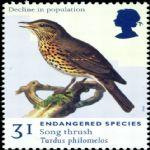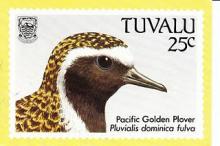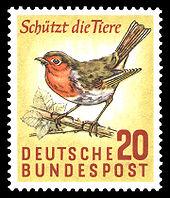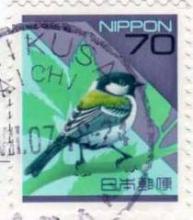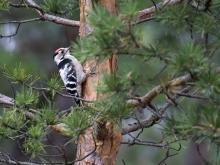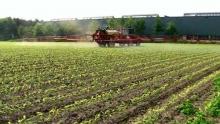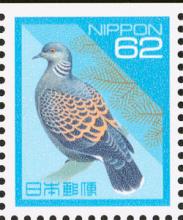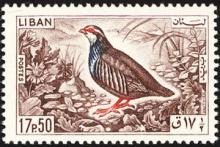Populations of farmland and woodland birds in the UK are falling dramatically
Populations of wild birds in the UK are falling dramatically. Only seabird populations remain comfortably above 1970 levels, while farmland bird numbers continue to plunge to half those of 40 years ago. The long term decline of farmland birds in England has been driven mainly by the decline of those species that are restricted to or highly dependent on farmland habitats (the ‘specialists’). Most of the farmland specialists have declined since 1970, with five, Grey Partridge Perdix perdix, Turtle Dove Streptopelia turtur, Starling Sturnus vulgaris, Tree Sparrow Passer montanus and Corn Bunting Miliaria calandra having declined by over 80 per cent. Populations of one of the farmland generalists (of those species found on farmland and other widespread habitats), the Yellow Wagtail Motacilla flava, have declined by over 70 per cent since 1970. The long term decline of woodland birds in England was mostly driven by the decline of specialist woodland birds (those restricted to or highly dependent on woodland habitats). Nine of the woodland specialists have at least halved since 1970, with seven species, Wood Warbler Phylloscopus sibilatrix, Willow Tit Parus montanus, Tree Pipit Anthus trivialis, Spotted Flycatcher Muscicapa striata, Lesser Redpoll Carduelis cabaret, Lesser Spotted Woodpecker Dendrocopos minor and Nightingale Luscinia megarhynchos having declined by over 70 per cent relative to 1970. Five woodland specialists, Marsh Tit Parus palustris, Nightingale, Spotted Flycatcher, Tree Pipit and Willow Tit declined by over 20 per cent between 2004 and 2009. Populations of five woodland generalists - Blackbird Turdus merula, Bullfinch Pyrrhula pyrrhula, Dunnock Prunella modularis, Song Thrush Turdus philomelos and Tawny Owl Strix aluco, have also declined relative to 1970.

